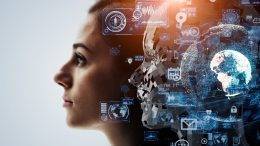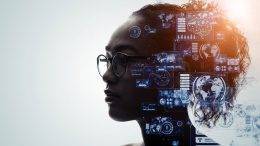Pharmacovigilance is the research and practices associated with the identification, evaluation, comprehension, and avoidance of side effects and other medication-related issues. As it assists in tracking adverse effects (AE), adverse drug reactions (ADR), and any other safety problems missed during clinical trials, it is a crucial part of the post-marketing monitoring program for pharmaceuticals and medical devices.
Pharmacovigilance efforts provide vital safety data that helps identify any new and previously unknown dangers as well as information regarding the advantages and disadvantages of the drug in a variety of patient populations.
Underreporting is prevalent, and it is easy to overlook crucial safety information even though most businesses use pharmacovigilance activities and have multiple systems in place.
Data is gathered for the FDA Adverse Event Reporting Systems (FAERS) database, which is then used by the FDA to make decisions about new warning labels, withdrawal/limited use of the product in the market, and reporting by sponsors and manufacturers. These systems are part of the FDA’s voluntary reporting systems for pharmacovigilance, used by the World Health Organization (WHO).
Pharmacovigilance is a vital aspect of the therapeutic process yet it is often overlooked by sponsors, patient advocacy organizations, and pharmaceutical companies.
Underreporting, misreporting, missing information, and inconsistencies in safety data are widespread due to voluntary and non-standard entry into systems. If sophisticated analytical approaches aren’t used, it might be challenging to analyze trends and patterns from a vast amount of data and come to relevant conclusions. Health computing innovations facilitate the gathering and analysis of safety data and adverse events, making them valuable tools for enhancing pharmacovigilance.
Innovations in health computing make use of software, sensors, networking, and computer platforms for medical purposes. These consist of wearable technology, telehealth and telemedicine, mobile medical apps (mHealth), artificial intelligence (AI), and machine learning (ML).
Pharmacovigilance can benefit from health computing in two key manners
Wearable gadgets for data collection
Health computing wearables such as smartphones, smartwatches, fitness trackers, and mobile apps are characterized by innovations in real-time data gathering and monitoring that enable the early detection, identification, and classification of adverse occurrences. This makes it possible for producers and regulatory bodies to act quickly to reduce any possible concerns.
Social media and internet platforms
Patients and caregivers provide information and safety concerns to online communities and social media platforms, which act as a valuable archive. The fact that patient-provided data is directly inputted and can be used to spot patterns in safety information about specific medication classes and medical equipment makes it significant.
Electronic health records are a valuable source of information for identifying adverse drug reactions and for facilitating cross-functional information exchange with a network of healthcare providers, facilitating the tracking and correction of safety information. EHRs have more complete data that can be useful in comprehensively analyzing adverse events. Examples of this data include the time of medication administration, the development of symptoms, and a detailed clinical history.
Telehealth identifies and promptly communicates safety issues of patients, telehealth platforms that allow for remote visits and patient monitoring instead of in-person consultations are essential. This approach, which can be connected with EHRs, enables doctors to recognize adverse occurrences and make the necessary adjustments, such as stopping a prescription or changing the dosage.
Machine learning (ML) and artificial intelligence (AI) for analyzing data are used to sift through vast amounts of data produced by wearables and analyze them to find patterns and trends in safety data. AI enables signal detection to extract information about possible adverse drug occurrences and processing of pharmacovigilance data.
On data gathered from social media sites, data mining and prediction employing AI and ML are also conducted. They also aid in the creation of predictive models.
Data integration enables the combination and analysis of data from many sources, such as AI and cloud computing, which are extremely beneficial to the field of pharmacovigilance. These technologies are also essential for maintaining data security and privacy.
NLP allows the extraction of structured safety and adverse event data from text-based documents, including social media platforms, electronic health records, and narrative reviews.
Big data analytics is crucial for deriving algorithms on safety issues. This data is helpful for real-world evidence studies.
The use of health informatics is crucial for efficient pharmacovigilance. It enables the accurate management of large amounts of data, making it easier for regulatory bodies to identify safety information and safeguard patient health.



